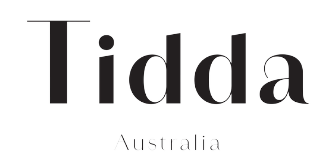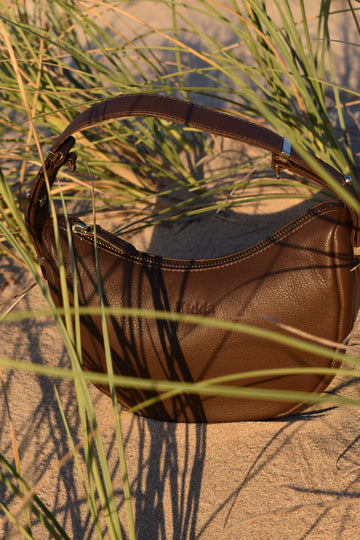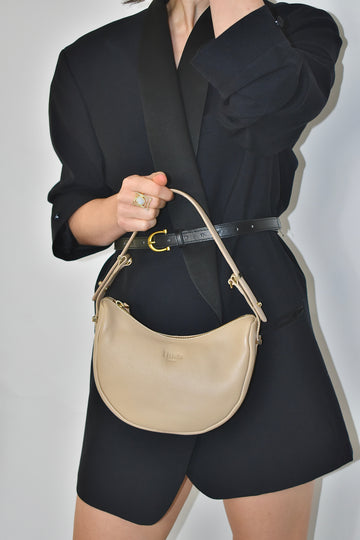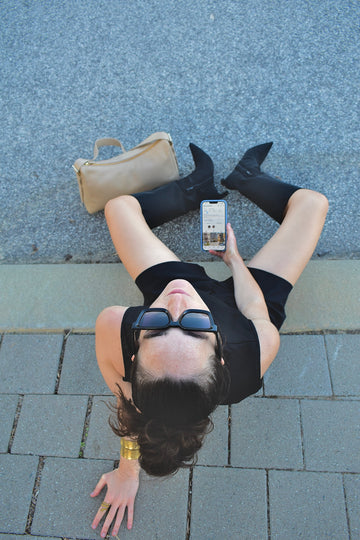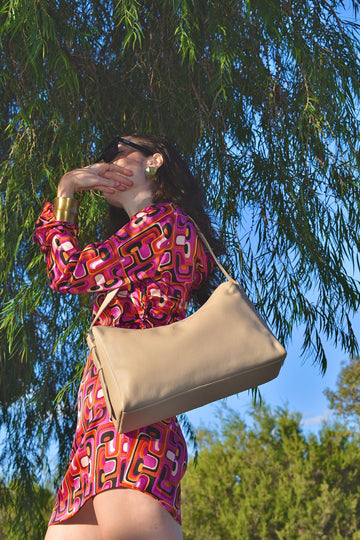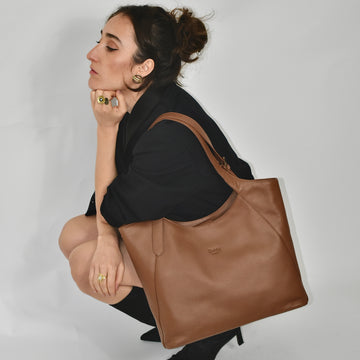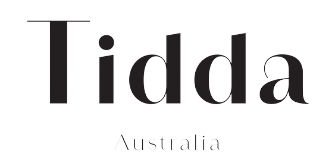In the world of leather goods, not all leather is created equal. You’ve probably seen labels shouting “Luxury!”, “Premium Leather!”, or “Genuine Leather!”. Sounds impressive, right? Well… not always. In fact, sometimes these terms are used less to inform and more to mislead.
Let’s break it down and lift the lid on the leather industry’s best-kept secret — the quality hierarchy of leather and why full grain leather reigns supreme.
The Leather Quality Ladder — From Best to Worst
When it comes to leather, the quality depends on how much of the hide’s original surface is kept intact and how much it’s been processed. Here’s the real ranking:
-
Full Grain Leather
This is the best of the best. It’s made from the very top layer of the hide, keeping the natural grain intact — scars, pores, and all. It’s incredibly strong, breathable, and develops a beautiful patina over time. No sanding, no buffing, no artificial texture. Just raw, authentic beauty that lasts decades. -
Top Grain Leather
Often confused with full grain, top grain has been sanded down to remove imperfections. It’s still good quality, but that natural strength and unique character? Mostly gone. Manufacturers then emboss an artificial grain pattern to make it look “perfect.” -
Genuine Leather
Here’s where the marketing games begin. “Genuine leather” simply means… it’s leather. That’s it. It’s often made from the leftover layers of hide after the top has been split off, then heavily processed. It’s less durable, and while it can look nice at first, it wears out far faster. -
Bonded Leather
Think leather dust. Scraps and fibres are glued together with polyurethane to create something that resembles leather. It’s cheap, it’s weak, and it flakes quickly.
How Marketing Tries to Confuse You
Big brands know that “full grain leather” sounds intimidatingly expensive to most people, so they turn to softer, more glamorous terms:
- Luxury Leather – Sounds fancy, but it’s meaningless. There’s no standard for “luxury” in leather manufacturing.
- Premium Leather – Another unregulated term. Could be great, could be average.
- Genuine Leather – Technically correct, but misleading. People assume “genuine” means “top quality,” when it often means the opposite.
- Vegan Leather – Sometimes a sustainable alternative, but often just plastic with a nice name.
By using these buzzwords, companies avoid telling you exactly what type of leather they’re selling. They focus on image over substance.
Why Full Grain Leather is Worth It
Yes, full grain leather costs more — and for good reason. It’s the strongest, most natural form of leather, resistant to tearing, and ages beautifully. Instead of wearing out, it wears in, developing a rich patina that makes your bag more unique the longer you own it.
Buying full grain is like buying a cashmere sweater instead of a polyester one — you feel the difference, you see the difference, and it lasts far longer. In the long run, it’s better for your wallet and the planet.
How to Spot the Real Deal
Here are a few quick tips to protect yourself from marketing smoke and mirrors:
- Look for the term “Full Grain Leather” on the label or product description. If it’s missing, ask the seller directly.
- Feel the texture — full grain has natural irregularities and doesn’t look overly “perfect.”
- Smell it — real full grain leather has a rich, natural smell that’s hard to fake.
- Avoid vague terms like “genuine leather,” “luxury,” or “premium” without specifics.

At Tidda Australia, we proudly use 100% full grain leather in our handbags and accessories. We believe in telling you exactly what you’re buying — no marketing tricks, no fancy buzzwords hiding a lower quality. Just craftsmanship, integrity, and timeless design that truly lasts.
Because you deserve the real luxury: quality that doesn’t have an expiry date.
